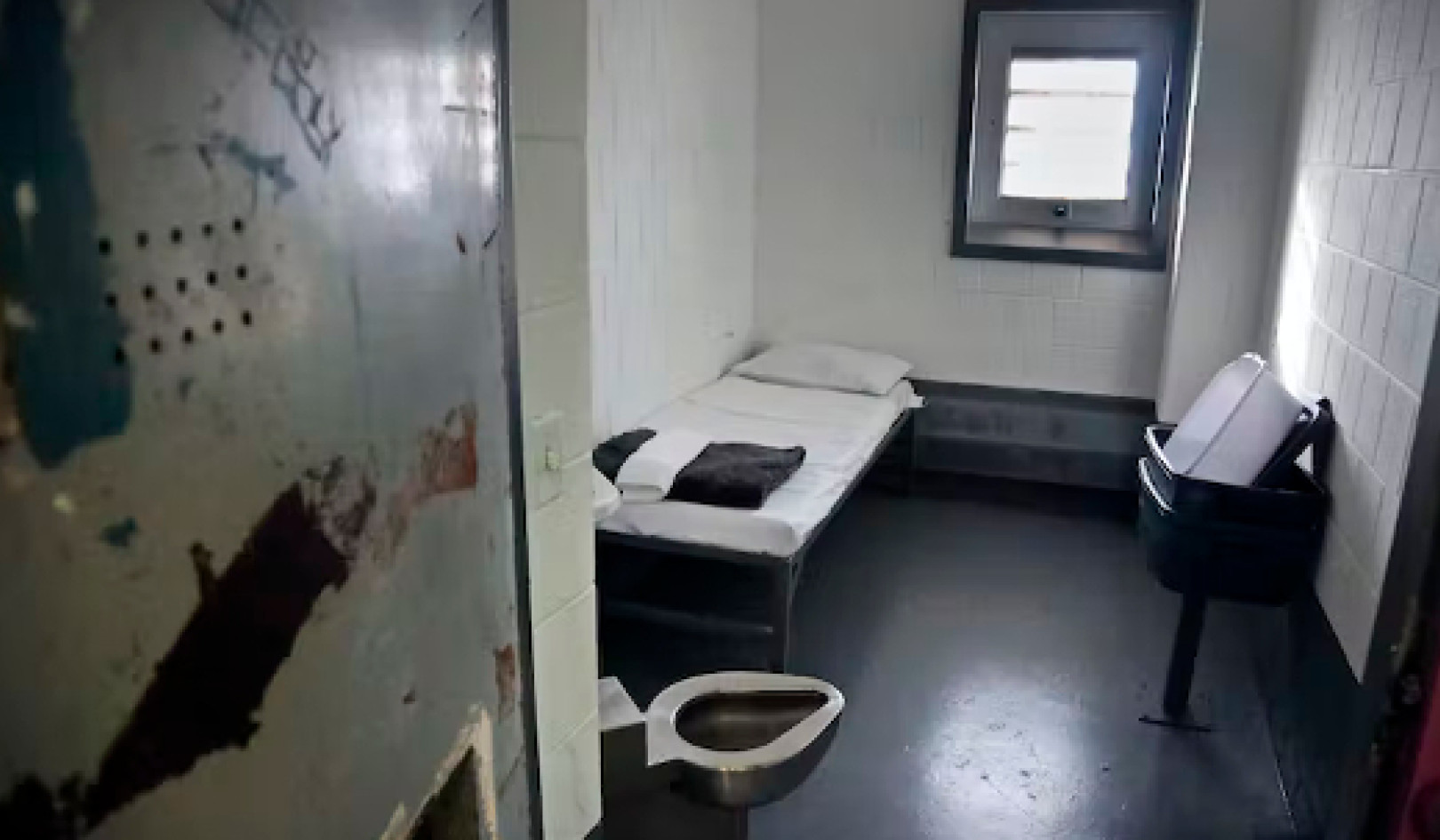
A fundamental shift in U.S. immigration patterns is well underway. ![]()
Recent rhetoric from President Donald Trump and the focus of U.S. immigration policies suggest that Mexicans entering the U.S. without authorization are the principal challenge facing policymakers. That is no longer the case. The era of Mexico as the primary source of immigrants to the U.S. appears to be coming to a close.
An increasing number of individuals are now arriving at the U.S. southwest border because of crime, violence and insecurity in Central America. These are now far more decisive factors in decisions to emigrate than the traditional pull of economic opportunity in the U.S. Work I have done with colleagues on the factors that affect migration provides robust evidence for this shift.
Rather than trying to sneak across the U.S. border, many of these migrants are voluntarily surrendering to initiate asylum claims. This change in the profile of those arriving at the border suggests two things.
First, far more emphasis should be placed on improving the U.S. immigration court system than on efforts to strengthen an already well-fortified border. The average wait time for an immigration case to be heard in 2016 stood at 677 days, nearly double what it was in 2000.
Second, there is a need to move beyond a view of those arriving at the U.S. southwest border as a monolithic group driven by purely economic motives. An increasingly nuanced decision-making process is driving men, women and children from different countries to leave their homes.
Who’s coming across the border?
In the summer of 2014, President Obama drew attention to the arrival and voluntary surrender of tens of thousands of unaccompanied minors and families seeking asylum. They came primarily from El Salvador, Honduras and Guatemala, some of the most violent countries in the world. He called it an “urgent humanitarian situation.” This made clear that at least some portion of these Central American migrant flows were not simply economic migrants.
Customs and Border Patrol data show the magnitude of the increase in Central American migrants over the past decade. In 2000, 28,598 non-Mexicans (primarily Central Americans) were apprehended at the U.S. border. By 2014, this number had increased to 252,600.
In an effort to understand what is driving this surge, my colleagues and I have carried out research on what leads a person to consider emigrating. In a broad study of more than 20 Latin American and Caribbean countries, we found that the decision to emigrate is far more nuanced and complex than often portrayed in political rhetoric and mainstream media.
In countries that have longstanding migration flows to the U.S., a person’s personal economic situation, gender, age and connection to a network of other migrants all play key roles in whether or not he or she decides to emigrate. But we found that a person’s experiences with crime and corruption, perceptions of insecurity and level of satisfaction with democracy were also significant.
We pursued this question in greater detail through analysis of survey data collected by Vanderbilt University’s Latin American Public Opinion Project during the spring and summer of 2014 in El Salvador, Guatemala and Honduras. These three countries have experienced extraordinarily high levels of crime and violence in recent years.
We found that, for the most part, people in Guatemala who wanted to emigrate matched the profile of an economic migrant. In stark contrast, those seeking to emigrate from El Salvador and Honduras were not driven by economic factors, but by violence. The strongest predictor of someone having an “intent to emigrate” among Hondurans and Salvadorans was whether they had been the victim of crime multiple times in the previous 12 months. Standard economic predictors of emigration were largely insignificant.
For Hondurans, a person that has been the victim of a crime multiple times is nearly twice as likely to have an intention to emigrate. Even more striking, respondents’ awareness of the heightened risk of migrating to the U.S. and the greater current probability of being deported compared to previous years had no significant impact on their emigration plans.
My colleagues and I concluded that the Obama administration’s, and now the Trump administration’s, attempt to “send a message” to Central Americans through an emphasis on detention and deportation may work for those considering emigration for economic reasons. It does not, however, appear to have any impact on those individuals seeking to flee the warlike levels of violence in Honduras and El Salvador.
Mexican migration in decline
Meanwhile, a widely cited report from Pew Research Center shows that between 2009 and 2014 the net flow of both authorized and unauthorized Mexican immigrants to the U.S. fell to negative 140,000, in contrast to a positive flow of 2.27 million between 1995 and 2000. Data from the U.S. Custom and Border Protection on border apprehensions also reveal an unprecedented drop in the number of Mexicans apprehended along the southwest border. In 2016, just over 190,000 were apprehended, compared to 1.6 million in 2000.
These numbers reflect demographic and economic changes in Mexico.
The first change, simply put, is that Mexico’s baby boom is over. The boom peaked in the 1960s and 1970s, and that generation has now aged well beyond the typical migrant age range of 18 to 35 years old. The country’s total fertility rate has fallen from a peak of 6.8 children per woman in the 1960s to 2.2 by 2010. This is approaching the minimal population replacement level of 2.1, the rate required to maintain a stable population. When countries fall below that level, such as Germany at 1.4, immigration is needed to sustain the population level beyond the current generation.
Second, Mexico’s economy experienced a fairly robust recovery from the recession in 2009. This was particularly true in several states that historically are among the leaders in terms of the number of individuals migrating to the U.S. The Mexican states of Guanajuato and Jalisco – ranked third and fourth, respectively, in number of migrants going to the U.S. – recorded growth rates of 6.4 percent and 4.7 percent in 2015. Such robust economic growth, particularly in the context of a national economic downturn, will only further serve to diminish migrant flows from these states.
What these demographic and economic trends suggest is that a steady decline in Mexican migration flows to the U.S. is likely to continue for the foreseeable future.
About The Author
Jonathan Hiskey, Associate Professor of Political Science and Director of Graduate Studies, Vanderbilt University
This article was originally published on The Conversation. Read the original article.
Related Books
at InnerSelf Market and Amazon























